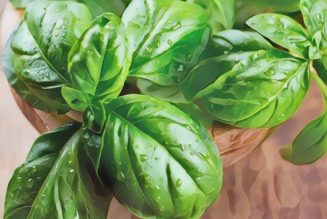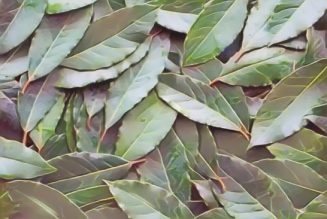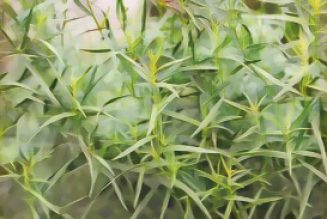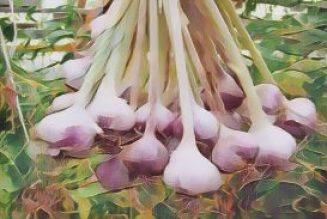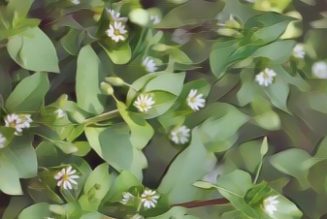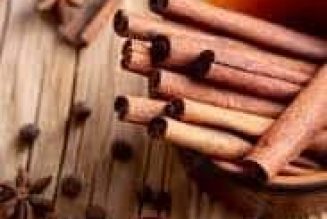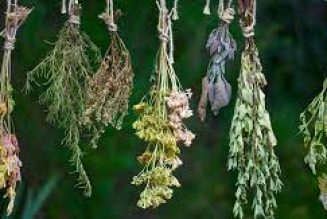The active constituents of plants have only relatively recently been isolated. The active constituents in plants are the chemicals that have a medicinal effect on the body. They have been divided into 16 main groups: Alkanoids These plants contain a nitrogen-bearing molecule that makes them particularly effect as medicines. An example is Deadly Nightshade. Anthocyanins Blackberries contain anthocyanins. These plants maintain blood vessel health. Anthraquinones Plants like Chinese Rhubarb that have this active ingredient, stimulate the large intestine, causing contractions and bowel movement. Bitters These plants can be recognised by their disagreeable, astringent or acrid taste. The active ingredient stimulates the flow of saliva and gastric juices, thereby improving appetite and digestive function. Examples are Wormwood and Devil’s Claw. Cardiac Glycosides This powerful constituent is found in plants like Foxgloves. They have a strong direct action on the heart and support and strengthen the rate of contraction. Significantly diuretic, these plants help lower blood pressure. Coumarins Coumarins are multi-tasking constituents that thin the blood, relax smooth muscle and can act as a sunscreen all at once. You can find this active constituent in plants like Celery. Cyanogenic Glycosides These active constituents are found in Elder plants, amongst others. They have a sedative and relaxing effect on the heart and muscles. Flavonoids Flavonoids are found in lemons and are anti-inflammatory, but also maintain healthy circulation. Glucosilinates When plants like Radish, which contain Glucosilinates, are applied as a soft, moist mass onto painful joints, they increase blood flow to the area. This aids in healing as it helps remove the build-up of waste products. Minerals Mineral-rich herbs like Dandelion, can act as mineral supplements in their own right. Mucilage This constituent soothes inflammation and stops irritation and acidity, by lining the mucous membranes of the digestive tract. You can find mucilaginous ingredients in herbs like the Slippery Elm. Phenols If taken internally, phenol-rich plants such as Thyme, are antiseptic and can reduce inflammation. But if used externally on the skin, these plants can have an irritant effect. Saponins There are two types of this constituent, namely steroidal saponins and triterpenoid saponins. The latter are strong expectorants. Expectorants are agents that increase bronchial secretions and facilitate their expulsion through coughing, spitting or sneezing. These agents can also aid in nutrient absorption. Steroidal saponins have a marked effect on hormonal activity. Plants like Liquorice contain saponins. Tannins Tannin-rich plants like the Oak tree can contract the skin’s tissue, thereby improving the skin’s resistance to infection. Vitamins Plants like the Dog Rose, have enough vitamins to contribute to one’s daily intake. Volatile oils These oils are extracted from plants to produce essential oils, which impart the characteristic odours of the plants. Volatile oils from plants like Chamomile, have many therapeutic effects and are used in perfumes, food flavourings and aromatherapy.
The Active Constituents of Herbs
702 views














